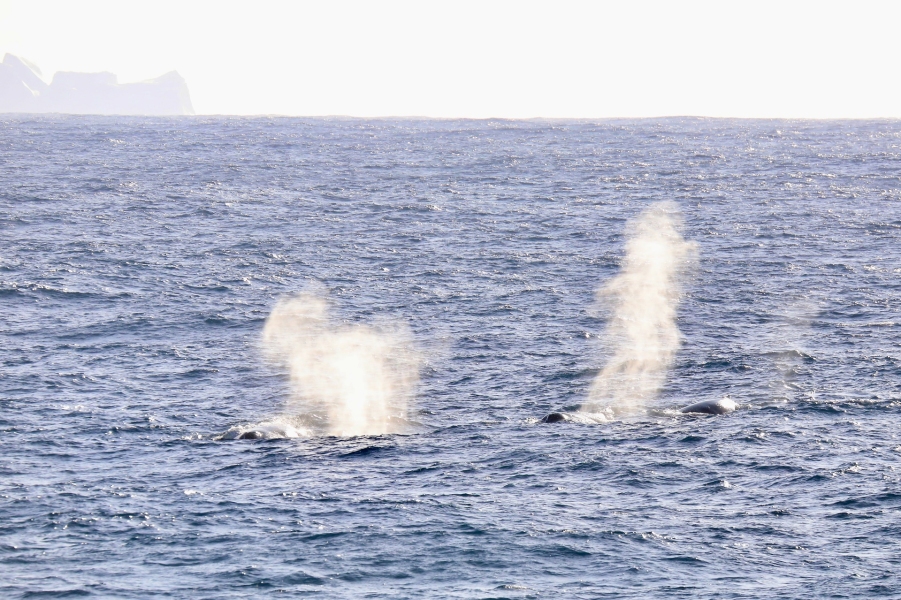Working the northern Victoria Land Coast, Ross Sea Antarctica
We are now halfway through our Antarctic mission and the past two and a half weeks have been marked by feelings of excitement, anticipation, and trepidation. The thought of arriving back in Wellington also still seems like the distant future.
Since weathering a large storm that stopped us from entering the Ross Sea for four days, we have experienced exceptionally good weather and surprisingly ice-free waters. At a similar time in 2021, Tangaroa had to divert course by over 200km to navigate through the marked ice bridge that normally forms the outer edge of the Ross Sea polynya. Polynya is a Russian word meaning an area of open water surrounded by ice.
While this lack of ice has made our course easier, there is a lot of uneasiness about the dramatic reduction in summer sea ice that seems more apparent every year. Many of the ship’s crew have been coming to the Ross Sea for over 20 years and are seeing dramatic changes. A large focus of our work is collecting data to understand what happens to this Antarctic ocean environment as climate change starts to bite, and it’s sobering to see the results first hand.
Our science research programme continues apace. We have successfully recovered all the oceanographic moorings on our schedule. These moorings involve strings of recording instruments, some over 200m long, that have been anchored to the seafloor for the past two years measuring the inflow and outflow of ocean water in the Ross Sea. We have also deployed six new moorings to continue the timeseries that stretches back almost a decade and will provide critical data to understand how climate change influences the ocean. For the first time, one of the moorings has been deployed in a submarine canyon to measure sediment flows linked to ocean currents.
Although we had an ice-free entrance to the Ross Sea, the coastal area is a different story altogether. Extensive patches of sea ice and large icebergs, both floating and grounded, add a major additional challenge to getting to where we want to work. Its impressive to see icebergs grounded near the ship in waters well over 100m deep. We got within 20km of a study site that was accessible in 2021 only to find thick sea ice blocking our path, then returned three days later to find the ice had moved away. Another time we got in near the coast only to be chased out by sea ice that began forming in a matter of hours. The Master, Officers and Ice Pilot are highly alert to how these packs of ice move in the currents and do an incredible job of safely navigating our way through these changing waters.
Despite the challenges, the ice also creates one of the most beautiful and wonderous ocean environments you could hope to work in. Specific terms such as frazil ice, pancake ice, shuga, nilas and bergy bits are used to describe the myriad of forms around us. Penguins and seals like hanging out on it, and whales can be seen right up amongst it. Gentle swells (so far) cause it to roll like a fragmented carpet on the ocean surface. So, while we want to avoid it, it also adds an ever-changing dimension to our work.
Most New Zealanders keep a close eye on what the weather is doing but we are taking that scrutiny to new heights on this trip by taking an ongoing suite of atmospheric measurements. This involves continuously shooting laser beams into the clouds above to measure the atmospheric conditions. If we find supercooled liquid clouds, we release weather balloons to measure the temperature, humidity, and wind speeds in the skies up to 18km above us. This data will help us understand how clouds form in the polar environment.
We have now completed our work on the northern Victoria Land coast around Cape Adare and are currently steaming south towards Coulman Island. We have two weeks left before we turn back for Wellington and the forecast looks favourable for the next seven days. Fingers crossed, a katabatic wind blast out of Terra Nova Bay will open a sea ice bridge there, and we can get in to recover our last mooring which has been imaging schools of small fish beneath the winter ice.
Voyage leader
Dr Joshu Mountjoy

